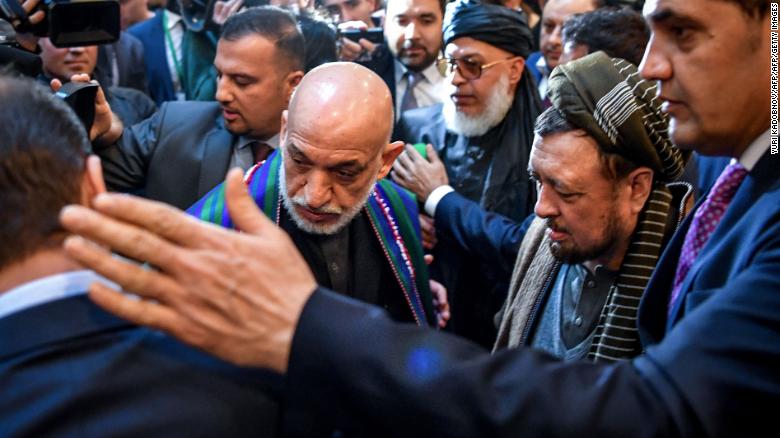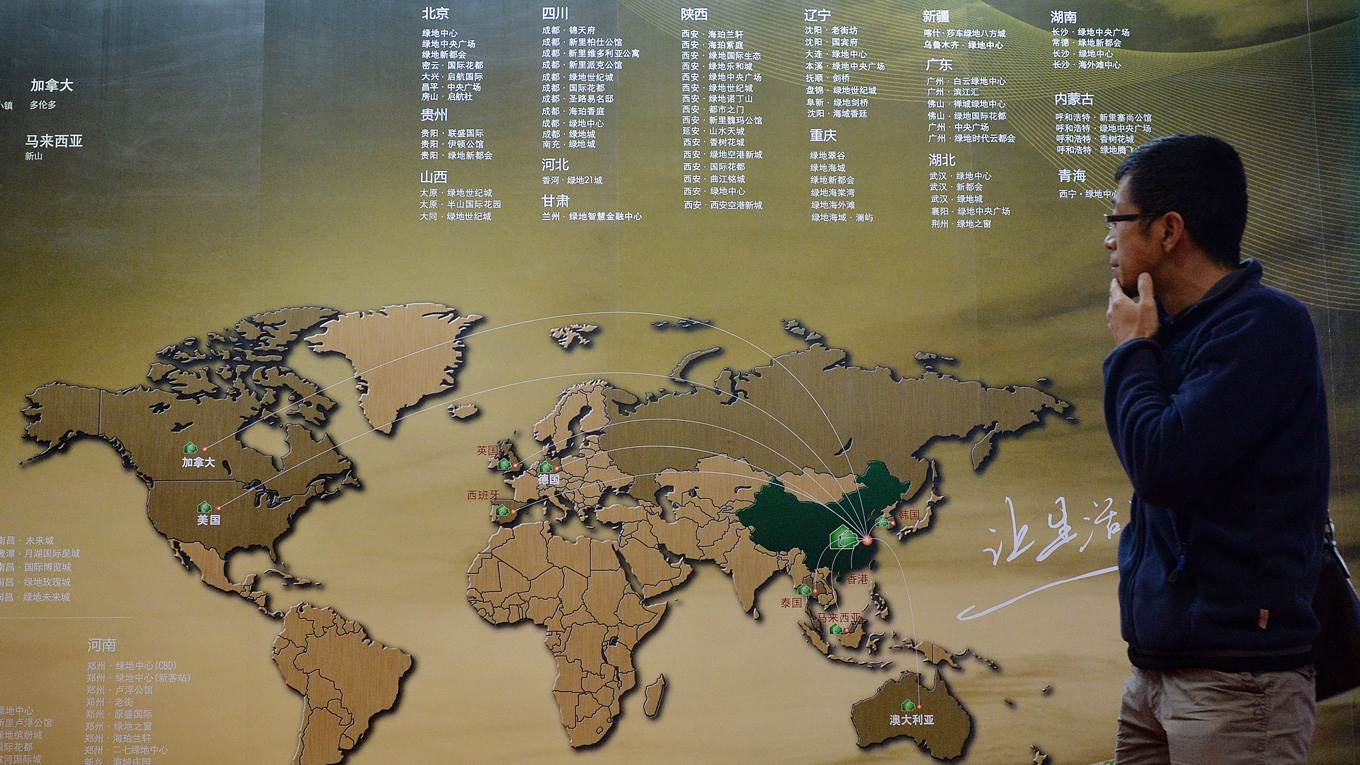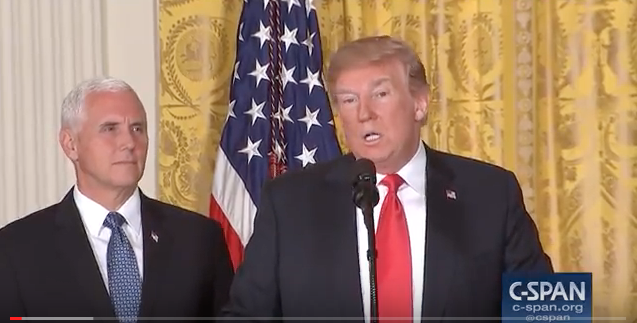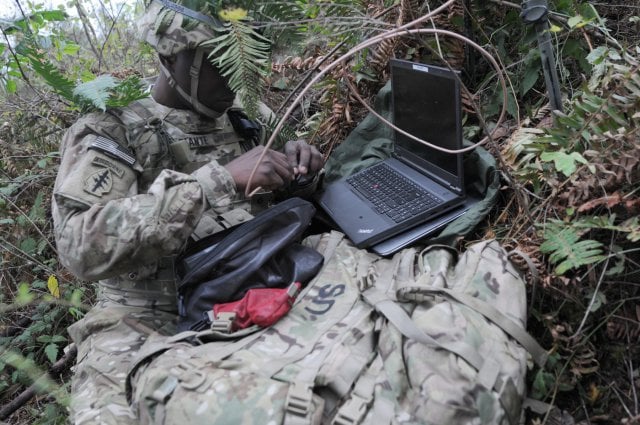By Stanzin Lhaskyabs
With its third successful assembly elections in 2018,the small Himalayan country of Bhutan is maturing as a democratic state. Despite initial apprehensions by the world and the people of Bhutan, the country surprised many. This success can be credited to the people and the former king of Bhutan, but the role of India cannot be discounted either.
Bhutan is supported by India on various fronts including development, education, foreign policy and security. The two countries shared very strong ties right from the time of the first prime minister of India, Jawaharlal Nehru. In a gesture meant to continue and further strengthen ties with India, Bhutan’s newly elected prime minister, Dr Lotay Tshering, made his debut foreign visit to New Delhi. However, unlike before, this timeBhutan approached India as an investment partner, not as an aid recipient. This shift can mainly be attributed to the dynamic geopolitics of Asia, mainly driven by the ambitious and emerging power China, as well as Bhutan’s own aspirations.





















/arc-anglerfish-arc2-prod-mco.s3.amazonaws.com/public/EDJKDKQQ2RBV5P4F2RHWVRPPUA.jpg)

